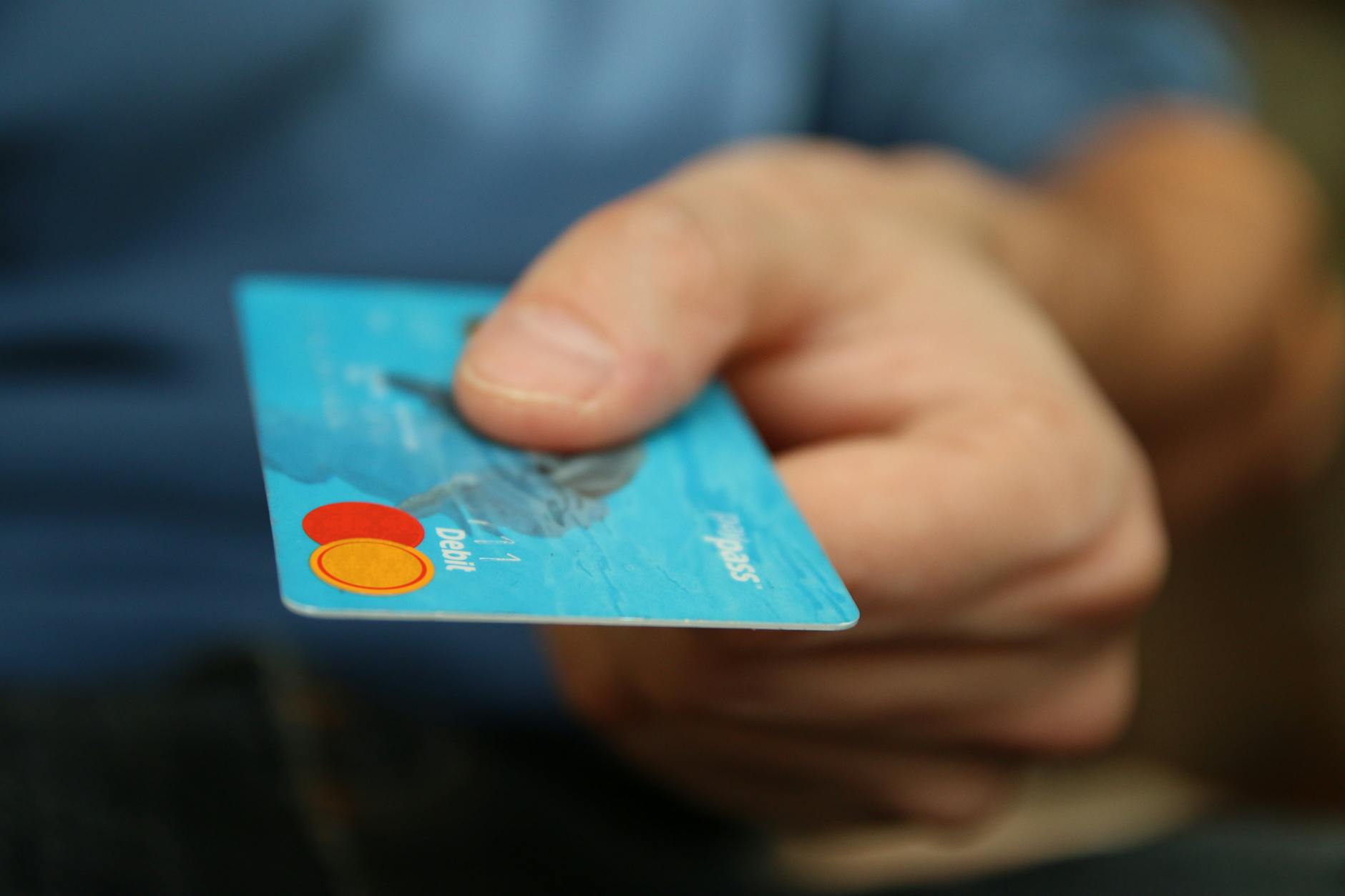History of Credit Card
Since the growth of computers and the development of faster communication networks, banking organizations have seen a drastic increase in size and geographic spread.
Computers offered better data protection, detection of fraud and decreased customer data collection time. The technology changed the way the financial industry works, making the checks irrelevant. In our wallets we all have credit and debit cards.
The first Charg-It card was launched by Biggins' bank in 1946. It acted as a middleman who balanced payments from the customer and traders in a closed-loop system. Every transaction on Charg-It was forwarded to Biggins' bank and only bank customers were allowed to use the Charg-It card in their local area.
In 1950, The Diner's Club Inc. launched the first version of a universal credit card. Their job was to build loyalty and experience for customers. The bill had to be fully paid at the end of each month, but the credence that the first credit card is introduced is at the Diners' Club. It has been technically a charge card.
Likewise, in 1958 American Express Company branded a travel and entertainment card, another noted card of this kind. This helped dealers around the world pay for credit card goods / services. In the credit card system, sale slips were additional innovation.
The standardized credit cards were born in 1966 with the establishment of Interbank Partnerships, Mastercard and Visa. In 1969, the first ATM debuted in Chemical Bank, New York. The banking industry was revolutionized by this technology. Now customers were no longer expected to visit a bank for fundamental monetary transactions.
Electronic fund transfers and online banking came in 1944 with the growth of the internet. Early adopted people immediately saw the benefits, but due to a lack of confidence in online security features, many consumers remained unwilling.
Rise of Payment Wallets
All became popular in the 2000s through online banking thanks to e-commerce, providing online services and products. Finally, the strengthening of market credibility banking. Throughout the 2000's, smartphone applications such as Paytm, PayPal, etc. have expanded the number of payment wallets online. They served the rapid purpose of payment for internet traders, selling websites and other business operators.
Millennials pay or shop with these devices on a regular basis. All Fintech companies are powerful competitors that increase their market share and compete with retail banking services.
Rise of Payment Wallets in India
The market for digital payments has steadily increased in recent years. We have certainly seen the implementation of UPI and other fintech innovations which make banking and payments both for consumers and for businesses very experiential. India has seen an enormous 383% increase in digital payments from FY 18 to FY 19, according to the report.
Total volume digital transactions reported a rise in 2018-19 of 58.8%, up from 50.4% growth in 2017-2018 – Reserve Bank of India
Despite the fact that it didn't aim at India becoming a cashless society in November 2016, demonization has played a significant role. The lack of physical currency caused wallets, almost when mobile payments got a steady footing.
Just then, NPCI released its innovation UPI, which was ahead of several financial centers around the world. Unified payments interface. Hundreds of banks quickly combined hands to offer the UPI to merchants and customers as a payment mode. In the era of rising fintech the country was created a revolution and a massive role.
And since then, cashless India has been a world model.
UPI can also offer far more than it has already! Payment mode can help to improve financial integration throughout India by introducing many more customized features


Comments
Post a Comment